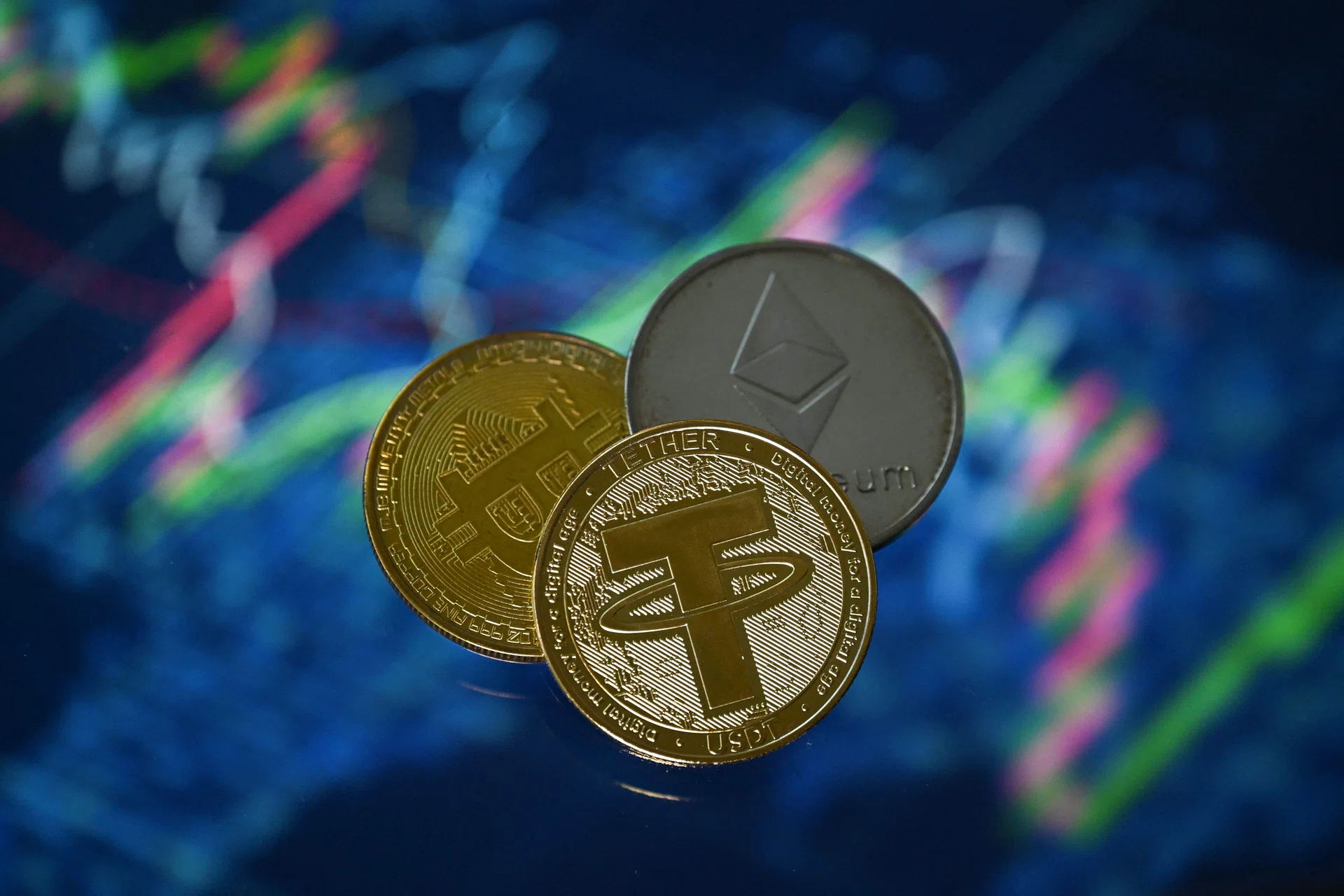Singapore’s Role in the Global Stablecoin Regulatory Race: What’s at Stake?

The Rise of Stablecoins: A Shift Towards Financial Mainstream
Stablecoins Gain Regulatory Attention
Stablecoins are increasingly becoming a significant part of the financial landscape, as evidenced by the heightened scrutiny from regulators worldwide. On May 21, Hong Kong’s Legislative Council approved a Stablecoins Bill aimed at creating a licensing and regulatory framework for Fiat-Referenced Stablecoins (FRS). Following this, the US Senate passed the Genius Act, establishing a regulatory structure for stablecoins.
Private Sector Interest in Stablecoins
The interest in stablecoins extends beyond government entities; major private firms are also recognizing their potential. For example, JP Morgan, a leading US bank, has unveiled plans to introduce a digital token backed by its commercial bank deposits. Additionally, global payment giants Visa and Mastercard are implementing measures to facilitate stablecoin transactions within their payment systems.
Understanding Stablecoins: Are They Money?
Stablecoins are categorized as digital assets, a group that also includes cryptocurrencies and non-fungible tokens (NFTs). Unlike traditional cryptocurrencies, the value of stablecoins is not dictated by market fluctuations but is pegged to stable assets like fiat currencies or commodities. For instance, USDC is linked to the US dollar, while Tether Gold is tied to gold.
This pegging feature has led to a growing recognition of stablecoins as legitimate financial assets, which carries important policy implications. The US Federal Housing Finance Agency recently mandated that federal housing agencies, such as Fannie Mae and Freddie Mac, must consider cryptocurrencies as assets in assessing mortgage loan risks. This could allow borrowers to leverage their crypto assets for home loan applications.
Global Regulatory Developments
Japan’s Financial Agency is also revisiting its regulatory framework for cryptocurrencies, aiming to classify them as financial products. This reclassification could enhance investor access to crypto assets and align capital gains taxes on cryptocurrencies with those applicable to traditional financial instruments.
However, risks remain prevalent in the cryptocurrency space, including stablecoins. The collapse of TerraUSD (UST) in 2022, which lost its peg to the US dollar due to an algorithmic flaw, resulted in a staggering loss of $50 billion in market value and intensified calls for stricter regulatory oversight.
The Competitive Landscape for Digital Assets
Hong Kong’s Stablecoins Bill is part of a broader initiative to position the city as a global leader in digital asset innovation. This regulatory clarity is intended to bolster Hong Kong’s standing in the rapidly evolving digital asset sector.
Similarly, the US and Japan are pursuing regulatory reforms to enhance the mainstream acceptance of digital assets, aiming to solidify their financial hubs in this emerging market. Unlike traditional strategies that focused on attracting global banks through incentives, the current approach emphasizes strengthening regulatory frameworks to ensure stability in the digital asset space.
Singapore’s Regulatory Approach
Singapore is also adapting to these trends by tightening its regulatory oversight of cryptocurrency exchanges to foster a secure and sustainable digital asset environment. The Monetary Authority of Singapore (MAS) recently announced that exchanges catering exclusively to international customers must obtain a license to continue operations, with few licenses expected to be granted.
This move aligns with MAS’s objective to cultivate Singapore’s digital asset sector while curbing speculative activities in cryptocurrencies. While some observers predict that unlicensed crypto firms may migrate to other financial hubs like Hong Kong or Dubai, the reality may be different. Investors may prefer jurisdictions with robust regulatory oversight, viewing it as a safeguard against risks.
Conclusion: The Future of Digital Assets
The competition to become a premier hub for digital assets is increasingly focused on enhancing regulatory frameworks rather than relaxing them. This shift from prioritizing quick profits to ensuring stability is promising for both investors and policymakers.
The author of this piece is a senior lecturer at the Lee Kuan Yew School of Public Policy at the National University of Singapore and has authored three books on Singapore’s evolution as a global financial center.







